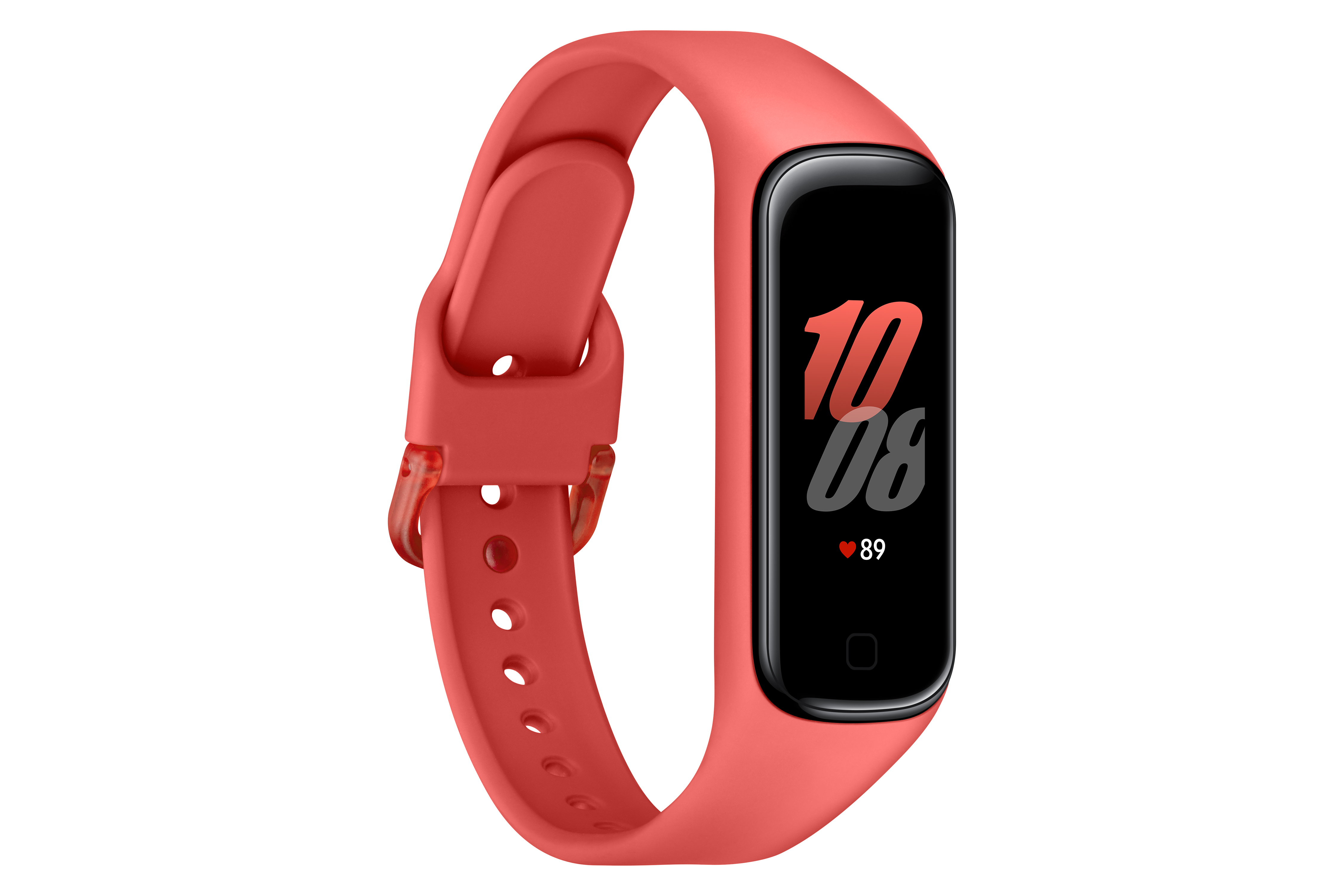The continual uncertainty around TikTok’s future may have provided a big boost to Snapchat in August. Or maybe it was just the Disney eyes filter that went viral. In any event, preliminary estimates from app store intelligence firm Sensor Tower indicate that Snapchat’s mobile app across both iOS and Android saw approximately 28.5 million new installs last month — its single largest month for first-time downloads since May 2019, when it had then seen 41.2 million new installs.
May 2019, however, was an outlier in Snapchat’s history. The only other month, besides May 2019, where Snapchat had seen more monthly downloads than it did in August was December 2016, Sensor Tower data indicates.
Based on the firm’s findings, Snapchat downloads were up 29% year-over-year in August 2020 compared with 9% growth in July.
It’s unclear what combination of trends or changes may have shaped Snapchat’s download data over the past month.
But one significant area of interest in the social apps space has been the ongoing news around a possible TikTok ban in the U.S. News coverage of the ban already had a notable impact on the app stores’ top charts in recent weeks. Earlier in August, a number of direct TikTok competitors — including Likee, Byte, Dubsmash, Triller and others — saw sizable increases in weekly active users in the U.S. But none have grown to the point where they’re an obvious shoo-in to take TikTok’s place if the Chinese-owned video app is banned from the U.S., per Trump’s executive order.
It’s been more difficult, however, to pinpoint how larger TikTok competitors — like Snapchat and Instagram –were impacted by the news of a TikTok ban. These broader social apps tend to continually grow on a month-over-month basis and they regularly add new features which could impact downloads and usage. For example, Instagram in recent weeks has been expanding features around live streaming, shopping and debuted its own TikTok alternative, Reels.
Though not a direct TikTok rival, Snapchat has also been working to attract the same young demographic that now favors the short-form video app.
This month, Snapchat announced its plans to launch a new music-powered feature that would appeal to TikTok users. The feature, due to arrive this fall, will allow users to set their Snaps to music, similar to TikTok. Snap also confirmed it has deals in place with top music industry partners, including Warner Music Group, Warner Chappell, Universal Music Publishing Group, NMPA publisher members, Merlin and others, who have licensed their content for use in the Snapchat app.

Image Credits: App Store, screenshot by TechCrunch
In addition, Snapchat in late July turned on a new feature called “Minis,” which are basically lightweight, simplified versions of apps that live within Snapchat’s chat section. The apps, built using HTML, allow users to engage with a range of tasks — like buying tickets, meditating with Headspace, collaborating with friends, and more — without having to leave the app.
Snapchat has been benefitting, too, from a prominent position on the App Store. Apple currently has it featured in an editorially curated list of app suggestions called “New to iPhone?” which is on the App Store’s “App” homepage. The collection, which you don’t even have to scroll down to find, recommends apps that first-time iPhone users will want to download.
Other bumps in downloads could be attributed to increased marketing spend, as is common among larger app publishers. Snapchat, however, isn’t commenting on what, specifically, may have changed in August.
And maybe it was just those 66.4 million TikTok videos tagged #disneyfilter that gave Snapchat a bump this past month!
Sensor Tower’s new Snapchat data is considered preliminary because it’s only been finalized through August 26th. When the remaining days of August are also finalized, there may be some changes to the resulting numbers. But those changes will likely be minor, at best.
These figures were also initially reported by one of Sensor Tower’s financial services customers in an analyst note. They were not publicized by Sensor Tower’s data reporting team. But the company confirmed the data’s accuracy with TechCrunch.
Snapchat, as of its Q2 earnings in July, reported its daily active users had grown to 238 million, up nearly 4% from the 229 million the company reported in April. The company won’t comment on the new download data.




